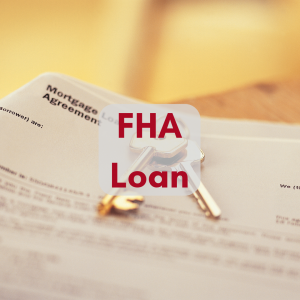Description
Jumbo mortgages are more flexible than many home buyers realize, and may have lower rates than most other available mortgages today. The guide below will help you understand what a jumbo loan is, and whether it’s right for your financial situation.
Origin of the term “jumbo mortgage”
Jumbo mortgages are also called non-conforming mortgages. These are loans that lenders make when a borrower doesn’t “conform” to the guidelines of Fannie Mae and Freddie Mac. Created by Congress in 1938 and 1970, respectively, Fannie Mae and Freddie Mac provide stability and affordability to the mortgage market by buying “conforming” mortgages from lenders, giving lenders liquidity to make more mortgages.
Fannie and Freddie only buy mortgages meeting their guidelines for down payment, credit score, post-closing reserves and, of course, loan size.
In 2017, the conforming loan limits are $424,100 nationwide, with exceptions as high as $636,150 in certain high-priced markets.
Loans greater than these limits are usually called jumbo mortgages or non-conforming mortgages.
Jumbo rates versus conforming rates
Historically, non-conforming loans had rates at least 0.25 percent higher than conforming loans because lenders were perceived as taking more risk making non-conforming loans that couldn’t be sold to government-backed Fannie Mae and Freddie Mac, and this risk translated into higher consumer rates.
However, a conforming/non-conforming rate paradox has been in effect the past few years, making non-conforming loan rates comparable to that of conforming rates.
Jumbo approvals have gotten easier
In addition to non-conforming rates being comparable, non-conforming loan approvals have some flexibility that conforming loans don’t have:
- Less than 20 percent down with no mortgage insurance. Down payments on non-conforming loans have become more flexible, and can now be as little as 10-percent down for loan amounts of $1 million and sometimes higher, translating into a $1.1 million purchase price or higher. Unlike conforming loans, these low-down jumbo programs don’t require mortgage insurance. The tradeoff for this flexibility is that most lenders will offer a rate that’s 0.25-percent higher and require 30- to 36-percent debt-to-income ratios for these low-down jumbos.
- Higher debt-to-income ratio. For anything 20 percent down or greater, lenders will verify that your total monthly housing payment plus all other monthly bills doesn’t exceed 43 percent of your income. This is a soft limit on conforming loans, but there can be some flexibility on non-conforming loans. For example, if you documented substantial savings left over after the loan closed, you might be able to get a non-conforming loan with a debt-to-income ratio of 46 percent.
- Flexible income calculations. Non-conforming income calculations can be more logical than conforming. For example, if you were in the same industry for 15 years and recently started your own business in that industry, a conforming loan may require you to show two years of filed self-employed tax returns. A non-conforming loan might only require one year of filed returns if you could demonstrate that the business was stable or growing.
- Credit scores. The requirements are about the same for conforming and non-conforming. A credit score down to 640 generally gets you most available loan options, albeit with a higher rate than you’d get with a top-tier credit score of 740 or greater.
Money left over after loan closing. This is often called reserves or post-closing liquidity. Non-conforming loans will be more stringent than conforming. Typically, lenders want to see 12 months of reserves after the close, half liquid (in a checking or savings account) and half calculated from retirement assets — compared to about two months’ reserves for conforming. Non-conforming exceptions are available if your debt-to-income ratio is low and your down payment is high.





